Heat and Ice therapy are easy, affordable and natural ways to relieve pain. In Physiotherapy, these modalities are useful to treat varieties of musculoskeletal injuries as both are able to treat soft tissues injury and muscles spasm, as well as a variety of other painful conditions (Garra, 2010). Have you ever wondered which is better for your particular problem? Here is what the physiotherapist recommend and some useful tips for a better understanding of the physiology behind heat and ice therapy.
What is Heat Therapy?
Also known as thermotherapy in the medical field, heat therapy is a therapeutic application of any substance to the body that adds heat to the body resulting an increase in temperature. Heat therapy can range from a simple hot water bottle, hot pack or to a deep heat machine such as shortwave diathermy. Heat therapy is able to increase; tissues temperature, blood flow, metabolism and connective tissues extendibility (Table 1).
What is Ice Therapy?
Ice therapy or cryotherapy is defined as the therapeutic application of any substance to the body that removes heat from the body, resulting in a decrease in tissues’ temperature. Ice therapy can reduce pain by reducing inflammation process and subsequently reduce swelling over the affected side. The pathophysiologic effects of cryotherapy is listed in Table 1. Example of common cold therapy use in physiotherapy are cold packs, cold bath, ice massage, and vaporizing sprays.
|
Cold |
Heat |
|
| Spasm |
|
|
| Blood flow |
|
|
| Inflammation |
|
|
| Edema |
|
|
| Extendability |
|
|
| Pain |
|
|
Table 1: Summarisation of pathophysiologic effects of topical modalities (Nadler et al., 2004)
When to use ice or heat therapy?
Ice therapy – When a cooling agent is applied to skin, vasoconstriction occur in which blood vessels narrow and blood flow deceases, resulting in reduced swelling and inflammation. When skin temperature is decreased, it will induce an analgesic or numb effect that plays an important role in pain management. Therefore, cold is typically applied within the first 24 ¬- 48 hours of the acute stage of an injury, to prevent tissue damage, or after the first 48 hours if inflammation persists (Bleakley, 2004) and (Watson, 2008).
Heat therapy – When a heat therapy agent is applied to the skin, dilatation of blood vessels occur and this will increase blood flow, delivering the needed nutrients and oxygen to cells in the area being treated. This aids the removal of cell waste and promotes healing (Cameron, 2009, p.156).
Therefore, it is advised that heat therapy is used in the chronic phase of injury.
Common indications for Ice and Heat therapy (Nadler et al., 2004)
| Indications | |
| Ice therapy |
|
| Heat therapy |
|
Application of ice pack (Watson, 2008, p. 128)
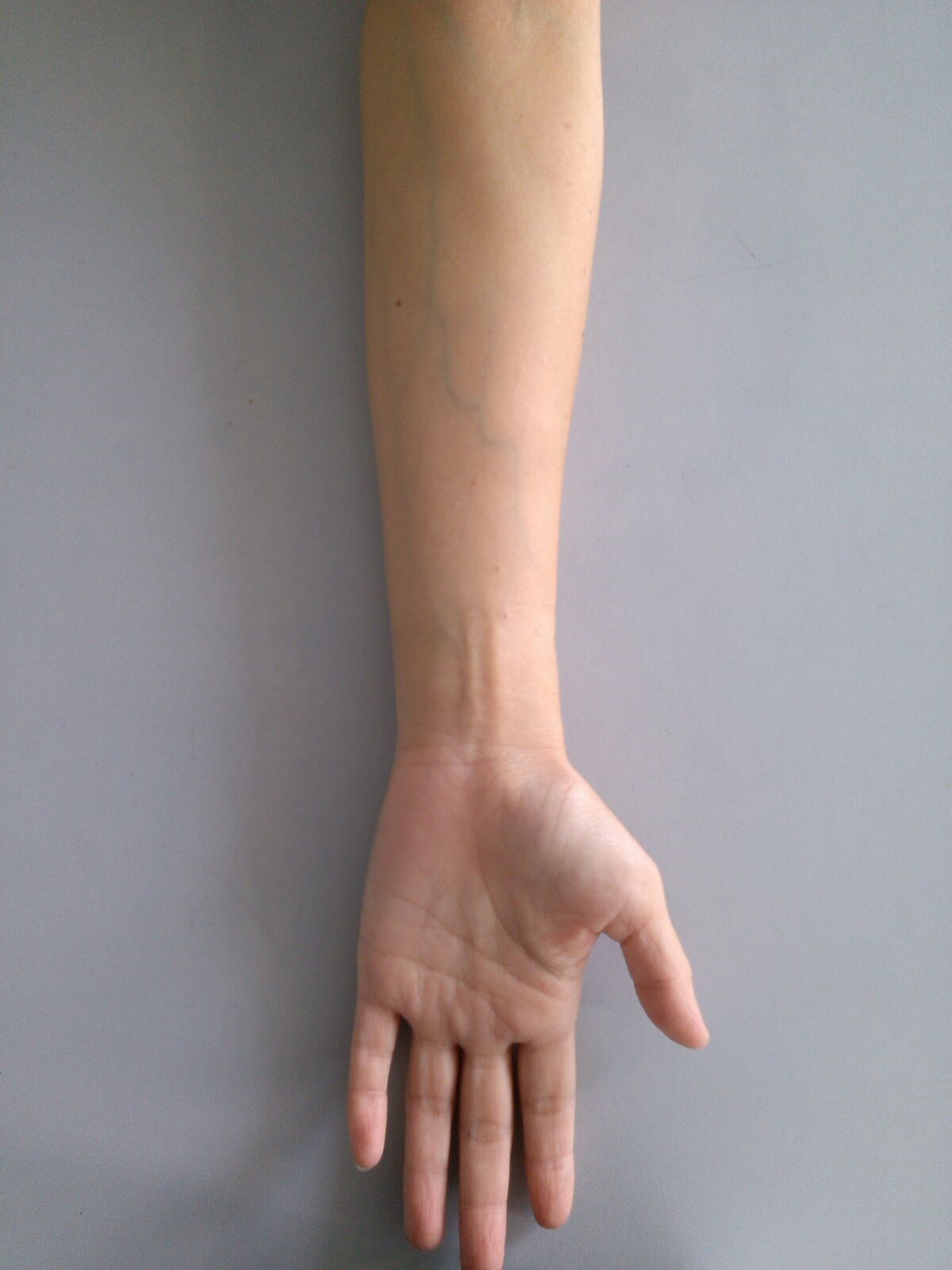 |
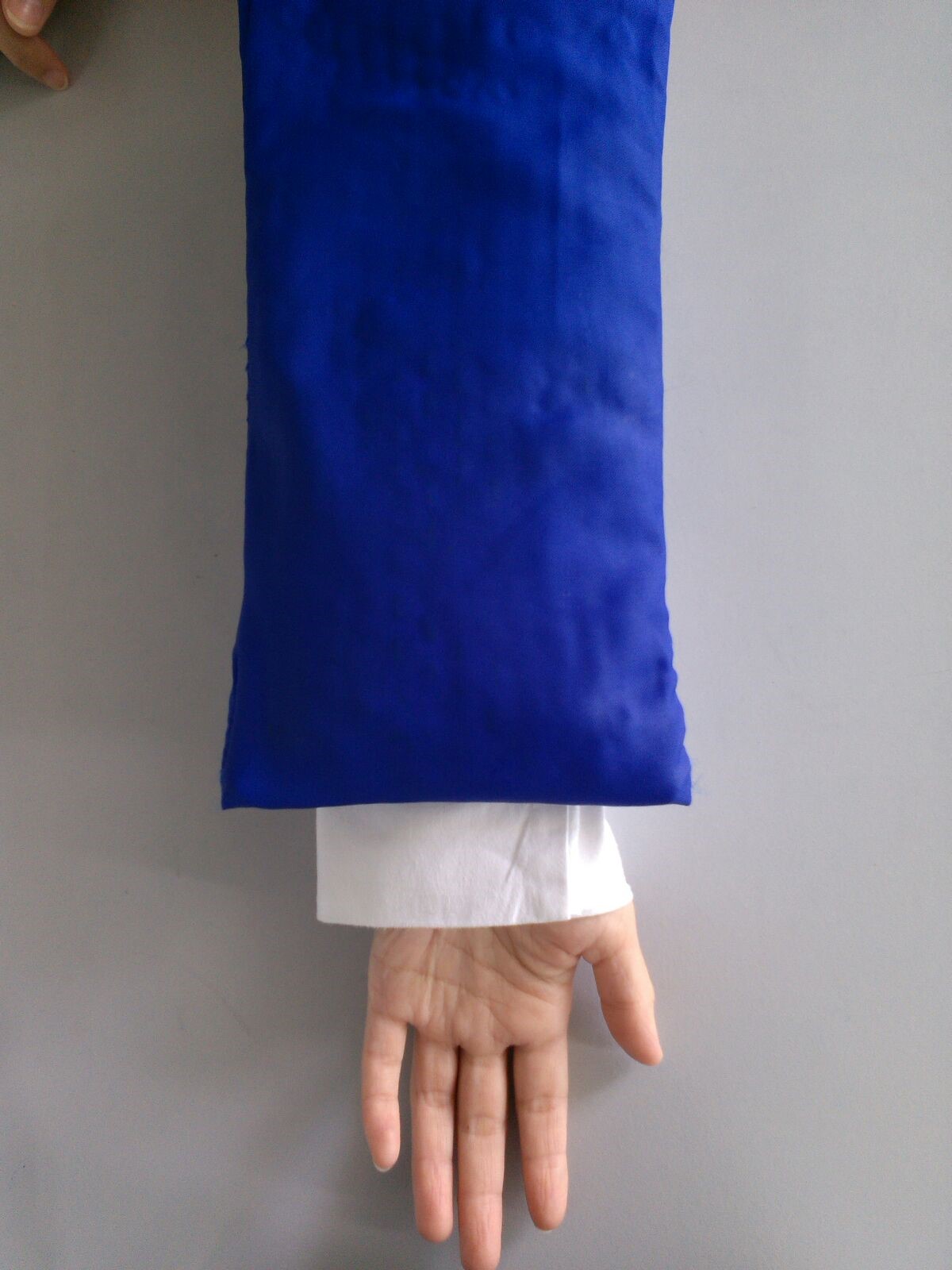 |
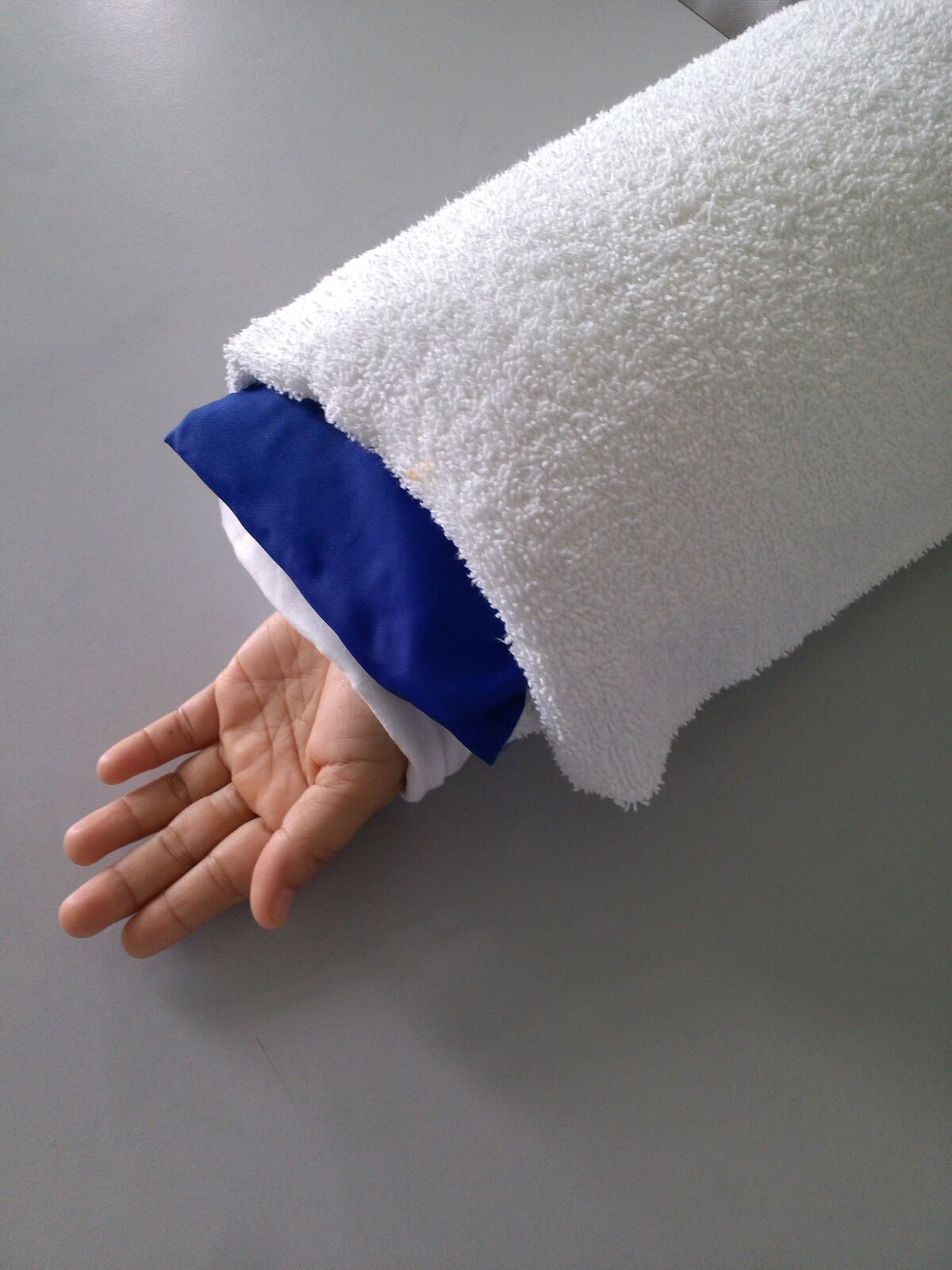 |
| Figure 1 | Figure 2 | Figure 3 |
- Before applying the ice pack, make sure your skin is free from contraindications.
- Some form of barrier is normally placed between the skin and the cooling medium to prevent damage; this may be a damp towel which will ensure the temperature is above 0°C, or barrier cream may be applied to prevent adhesion between the skin and the agents.
- Cold pack can be applied to the body part for 20 minutes.
Application for heat pack (Watson, 2008, p. 131)
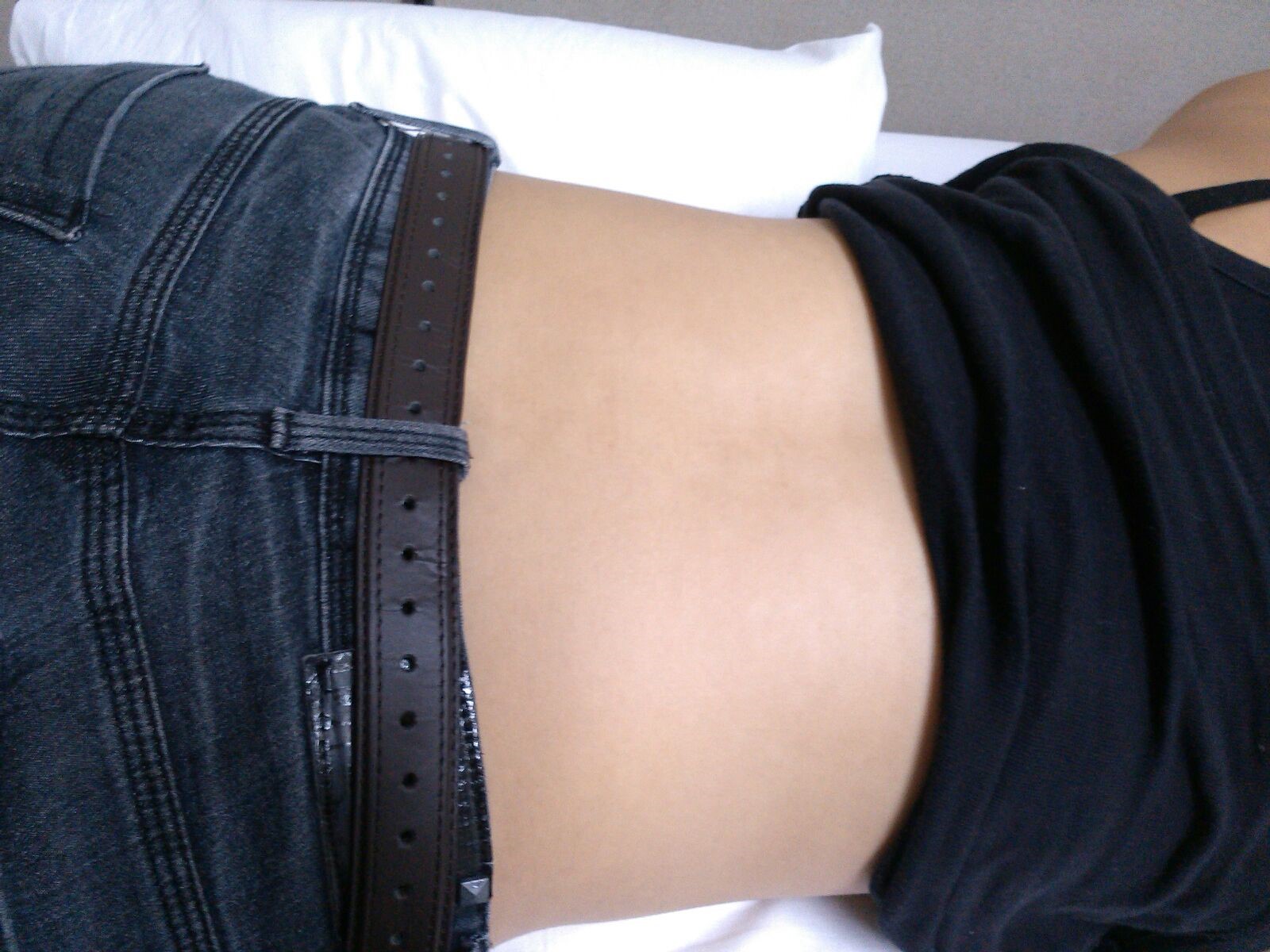 |
 |
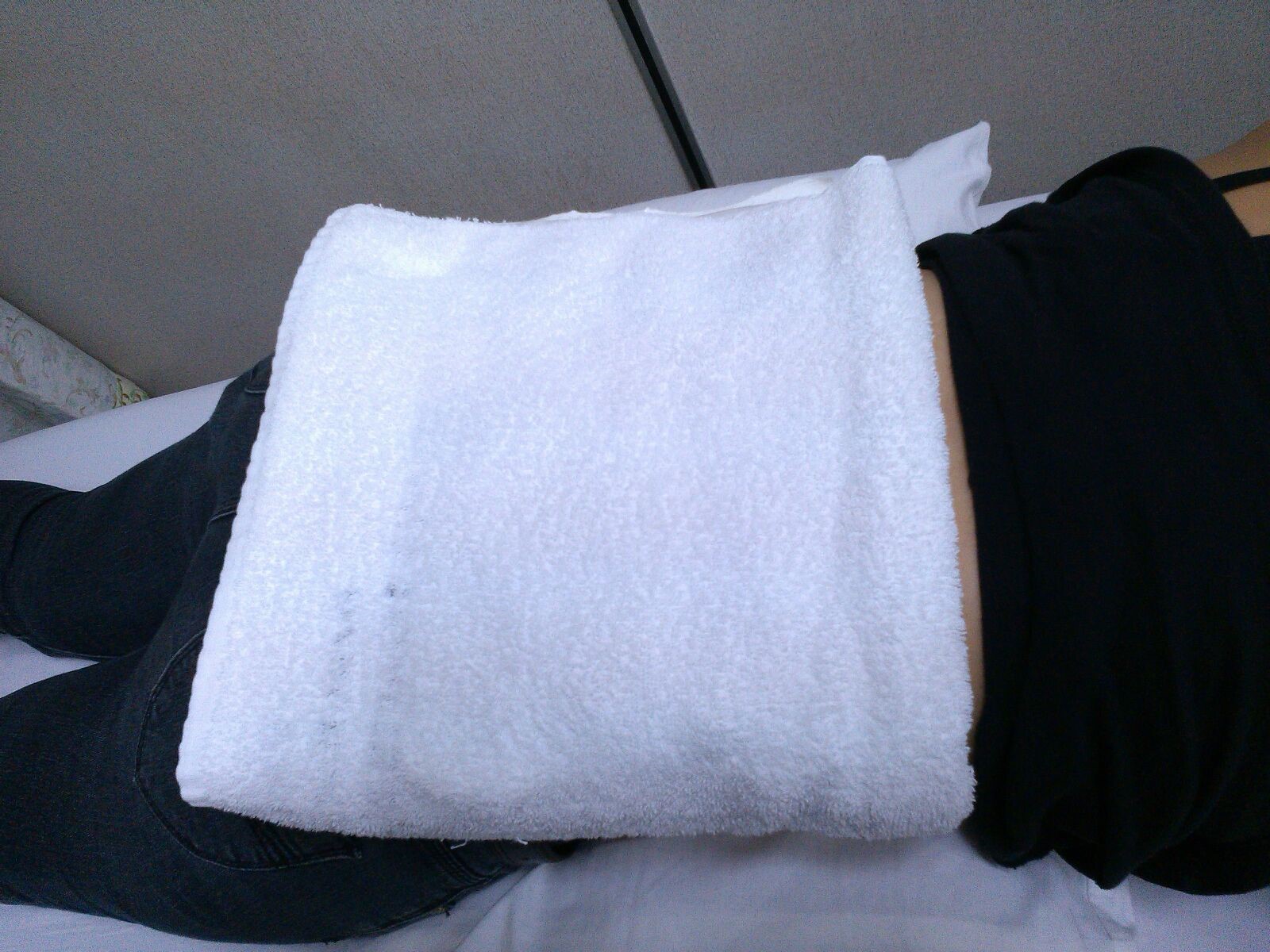 |
| Figure 1 | Figure 2 | Figure 3 |
Before applying hot pack, the hot pack must be immersed in hot water (approximately 36°C-41°C).
- Before applying the hot pack, make sure your skin is safe for heat therapy and free from
contraindications. - An insulated layer (towel) is normally placed between the skin and the heat agents to prevent
skin burn. 6 to 8 layers of bath towel is recommended. You should feel the heat as warm and
NOT hot. - Hot pack can be applied for 15 – 20 minutes.
Precaution during applying heat and ice therapy
Even though heat and ice therapy are safe and easy to apply, there are a few precautions that you should be aware of before applying these modalities.
| Heat Therapy | Ice therapy | |
| Precautions |
|
|
Table 2: Precautions for heat and cold therapy (Cameron, 2009, p.141 & p.157)
In conclusion, heat and ice therapy must be used correctly following an injury to maximize their effects on reduction of pain, assist with tissue healing, control swelling and increase flexibility. Without a proper selection technique, it can worsen an injury and slow down recovery process.
References
- Bleakley, C., McDonough, S., & MacAuley, D. (2004). The use of ice in the treatment of acute soft-tissue injury: A systematic review of randomized controlled trials. The American Journal of Sports Medicine, 32(1), 251-261.
- Cameron, H. M. (Ed.). (2009). Physical agents in rehabilitation from research to practice (Third Edition ed.). USA: Saunders Elsevier
- Garra, G., Singer, A. J., Leno, R., Taira, B. R., Gupta, N., Mathaikutty, B., et al. (2010). Heat or cold packs for neck and back strain: A randomized controlled trial of efficacy. Academic Emergency Medicine, 17(5), 484-489.
- Nadler, S. F., Weingand, K., & Kruse, R. J. (2004). The physiologic basis and clinical applications of cryotherapy and thermotherapy for the pain practitioner. Pain Physician, 7(3), 395-400.
- Watson, T. (2008). Electrotherapy: Evidence-based practice Elsevier Health Sciences.
Sources of images
1. (2015) Unit Fisioterapi, Sarawak General Hospital. Retrived September 4 2015.
| Last Reviewed | : | 23 August 2019 |
| Writer / Translator | : | Ismail bin Damit |
| Accreditor | : | Daaljit Singh a/l Harbachan Singh |
| Reviewer | : | Halimah bt. Hashim |







